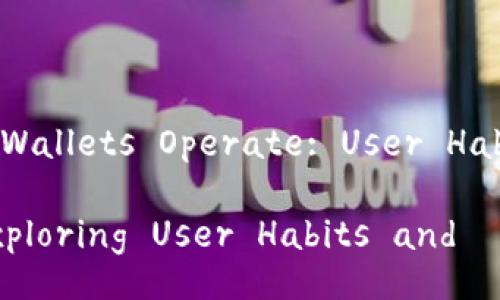1. 为什么需要多币种数字货币钱包? 随着数字货币的发展,越来越多的人开始投资、储存和交易数字资产。由于不同...
A Blockchain Wallet is a digital wallet that allows users to store, manage and transfer digital assets such as cryptocurrencies. It provides a user-friendly interface and enables blockchain transactions, which are secured using private keys. The wallet's software is based on blockchain technology that runs on computers, mobiles, and other digital devices. Blockchain Wallets can also keep track of transaction history and balances.

Blockchain Wallets work by generating private and public keys, which are used to encrypt and decrypt transactions. The private key is only accessible to the user and is used to sign transactions, while the public key is available to anyone for use in verifying transactions. When a transaction occurs, it is broadcast to the decentralized blockchain network for verification. Once verified, the transaction is added to the blockchain, and both parties receive confirmation of the transaction.
To choose a Blockchain Wallet, users need to consider the type of digital assets they want to store, the level of security they require, and the user experience they prefer. Some popular Blockchain Wallets include Coinbase, MyEtherWallet, and Blockchain.info. It's always essential to research the available options, read reviews, and choose a reputable and trustworthy wallet.

To secure a Blockchain Wallet, users need to follow best security practices such as using strong passwords, enabling two-factor authentication and device protection, keeping backups, and not sharing private keys. It's also essential to choose a wallet with a good reputation for security and regularly update the software and firmware.
Users can access their Blockchain Wallets by logging in through the wallet's website or mobile application. Some wallets also allow users to access their wallets through hardware devices such as a USB drive or Ledger Nano.
To back up Blockchain Wallets, users need to follow best backup practices such as keeping a copy of their private keys in a secure location, using recovery phrases, and maintaining offline backups. It's crucial to backup the wallet regularly, especially when significant changes occur to the wallet such as adding new digital assets or upgrading the wallet's software.